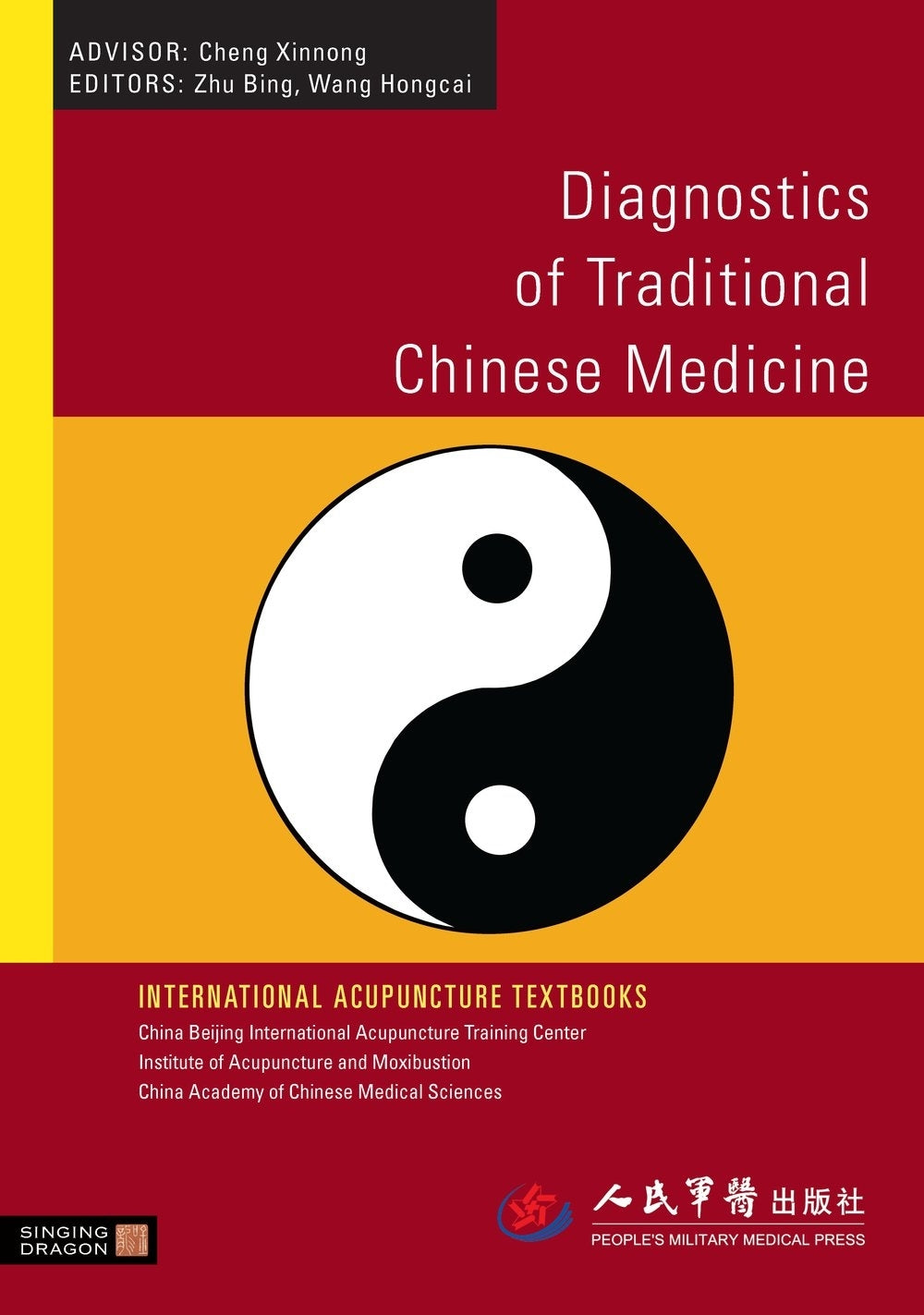
Press Reviews
JAACP (The Journal of the Acupuncture Association of Chartered Physiotherapists), Dr Val Hopwood, Course Director
There are other textbooks that deal with all the topics in these books but very few provide such an accessible format. If you want to gently progress from Western medical acupuncture into a working knowledge of TCM, the second book on Basic Theories would be a good place to start.
JAACP (The Journal of the Acupuncture Association fo Chartered Physiotherapists), Dr Val Hopwood, Course Director
This is another book in the series International Acupuncture Textbooks and, as such, is very much up to standard. It is beautifully produced, carefully laid out and offers a very complete view of TCM diagnostics. It is also very reasonably priced... Combining practical instruction with helpfully detailed theory, this authoritative textbook is an excellent reference for students and practitioners at all levels. I would not hesitate to recommend it. It may take a while to assimilate but it really is written so well that any physiotherapist could make sense of it and begin to make their acupuncture treatments certainly more subtle and sophisticated but, most importantly, more effective.
Journal of Chinese Medicine
Combining practical instruction with detailed theory, this authoritative textbook, complied by the China Beijing International Acupuncture Training Center (CBIATC), under the editorial direction of leading Chinese clinicians Zhu Bing and Wang Hongcai, is an excellent reference for students and practitioners at all levels... Although modest in size, these texts are packed with information... in terms of portability and cost... they make themselves serious contenders for the college bags of students of Chinese medicine... In terms of visual presentation, other than the obligatory yin-yang and five-phase diagrams, assistance is limited to a few flow diagrams, which may disappoint more visually-orientated learners. This drawback is largely compensated for by the consistent use of clear tables that facilitate both learning and quick reference. Despite the drawback of the simplification inherent in such texts, some of the chapters are excellent. The chapter on emotions and elements in Basic Theories, for example, is particularly good, as is the chapter on bianzheng in the Diagnostic volume. The chapters on pulse and tongue are also well-written, and designed for quick navigation to allow mere seconds to access, for example, the description and significance of a tense pulse or a grey tongue coating. As such...These texts offer simple, portable, concise and well-structured information that is consistent with the TCM literature already available. On occasion, refreshingly original insights come from the teaching experience of the authors. Whilst this series does not necessarily offer an educational panacea, it may just offer what is missing on the market - an affordable, accurate and accessible series of texts written specifically for a Western mindset and understanding. If the rest of this series of text books are as good as the two reviewed here, (Diagnostic of Chinese Medicine and Basic Theories of Chinese Medicine), Singing Dragon Textbooks will definitely become part of the recommended reading of Chinese medicine courses; student in the early stages of their TCM studies o those that require a fresh angle or portable material for revision should certainly consider buying them.

